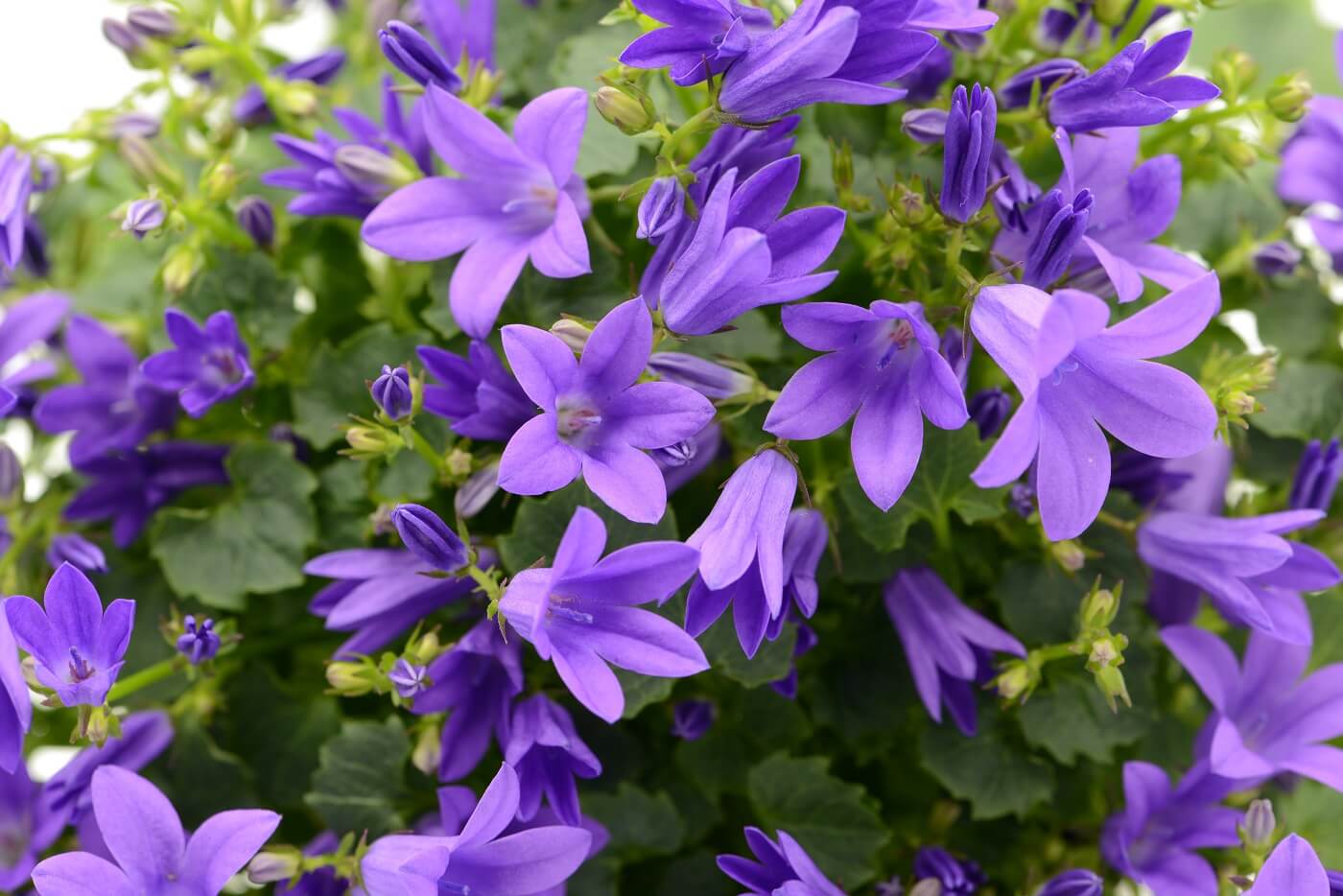
Bellflower, also known as Campanula, is a beautiful flowering plant that captivates gardeners and nature enthusiasts with its delicate blooms and vibrant colors. While it may seem like a simple plant, there are numerous surprising facts about this beauty that many people are unaware of. From its rich history in folklore and mythology to its impressive medicinal uses, bellflowers are truly fascinating. In this article, we will explore 11 surprising facts about bellflowers that will deepen your appreciation for this alluring plant. So, get ready to be amazed as we delve into the world of bellflowers and uncover the hidden wonders that lie within!
Key Takeaways:
- Bellflower, a diverse plant with over 400 species, blooms in beautiful shades of blue, purple, and white, attracting bees and butterflies while symbolizing gratitude and humility in the language of flowers.
- With its long blooming period, low-maintenance care, and ability to thrive in containers, Bellflower is a stunning and easy-to-care-for addition to any garden or balcony, offering a touch of nature’s beauty.
Bellflower belongs to the Campanulaceae family.
Bellflower, scientifically known as Campanula, is a flowering plant that belongs to the family Campanulaceae.
There are over 400 species of Bellflower.
With a wide variety of species, Bellflower offers a diverse range of colors, shapes, and sizes.
Bellflower is native to Europe and Asia.
The plant can be found growing naturally in various regions of Europe and Asia, thriving in temperate climates.
Bellflower blooms in shades of blue, purple, and white.
One of the most captivating features of Bellflower is its beautiful bell-shaped flowers that come in stunning shades of blue, purple, and white.
Bellflower is often used in floral arrangements.
Due to its elegant and delicate appearance, Bellflower is a popular choice for floral arrangements and is often used in bouquets or as a focal point in gardens.
Some species of Bellflower have medicinal properties.
Certain species of Bellflower have been used in traditional medicine for their potential healing properties. They are believed to have anti-inflammatory and diuretic effects.
Bellflower attracts pollinators like bees and butterflies.
The vibrant and fragrant flowers of Bellflower act as a magnet for pollinators, making it a valuable addition to any garden or natural area.
Bellflower has a long blooming period.
Unlike some other flowers that bloom for only a short period, Bellflower has a long flowering season, bringing color and beauty to gardens from spring to fall.
Bellflower can be grown in containers.
Whether you have limited space or want to add a touch of nature to your balcony or patio, Bellflower can be successfully grown in containers, providing a stunning display of blooms.
Bellflower is easy to care for.
With its hardy nature, Bellflower is a low-maintenance plant, requiring minimal care and attention. It can thrive in a variety of soil conditions and is relatively resistant to pests and diseases.
Bellflower symbolizes gratitude and humility.
In the language of flowers, Bellflower is associated with themes of gratitude and humility, making it a thoughtful gift or a meaningful addition to any floral arrangement.
Conclusion
Bellflower, also known as Campanula, is a fascinating plant with numerous surprising facts. From its beautiful bell-shaped flowers to its diverse species and medicinal properties, this plant never fails to captivate. Whether you are an avid gardener or simply appreciate the beauty of nature, Bellflower is a must-have addition to any garden or floral arrangement. With its versatility and unique characteristics, it is no wonder that Bellflower has become a beloved plant worldwide.
FAQs
Q: What are the different types of Bellflower?
A: There are over 300 different species of Bellflower, including the popular Canterbury Bells, Peachleaf Bellflower, and Serbian Bellflower.
Q: How tall does Bellflower typically grow?
A: The height of Bellflower depends on the specific species, but on average, it ranges from 6 inches to 4 feet in height.
Q: Can Bellflower be grown in containers?
A: Yes, Bellflowers are well-suited for growing in containers and make beautiful additions to balconies, patios, and small gardens.
Q: Do Bellflowers require a lot of maintenance?
A: Bellflowers are generally low-maintenance plants. They require regular watering, well-draining soil, and occasional pruning to promote healthy growth.
Q: Are Bellflowers deer resistant?
A: Yes, many species of Bellflower are deer resistant due to their bitter taste and toxicity.
Q: Can Bellflowers be used for medicinal purposes?
A: Yes, Bellflowers have been used in traditional medicine for their anti-inflammatory properties and for treating respiratory ailments.
Q: How do you propagate Bellflower?
A: Bellflowers can be propagated by seeds, division of established plants, or by taking stem cuttings.
Q: When is the best time to plant Bellflower?
A: The best time to plant Bellflower is in the spring or fall, when the weather is mild and the soil is workable.
Q: Do Bellflowers attract bees and butterflies?
A: Yes, Bellflowers are known to attract bees, butterflies, and other pollinators, making them beneficial for garden ecosystems.
Q: Can Bellflowers be grown indoors?
A: While Bellflowers are primarily outdoor plants, certain species can be grown indoors as long as they receive sufficient light and proper care.
Q: Are Bellflowers invasive?
A: While some species of Bellflower can be aggressive and self-seeding, with proper containment, they can be grown without becoming invasive.
Bellflower's allure extends beyond its botanical beauty. Culinary delights await in Bellflower, California, where local chefs showcase their creativity. Natural wonders abound, inviting exploration and awe. Art and culture thrive, with vibrant exhibitions and performances that captivate the senses. From savory dishes to breathtaking landscapes and inspiring artistic expressions, Bellflower offers a tapestry of experiences that beckon to be discovered.
Was this page helpful?
Our commitment to delivering trustworthy and engaging content is at the heart of what we do. Each fact on our site is contributed by real users like you, bringing a wealth of diverse insights and information. To ensure the highest standards of accuracy and reliability, our dedicated editors meticulously review each submission. This process guarantees that the facts we share are not only fascinating but also credible. Trust in our commitment to quality and authenticity as you explore and learn with us.


